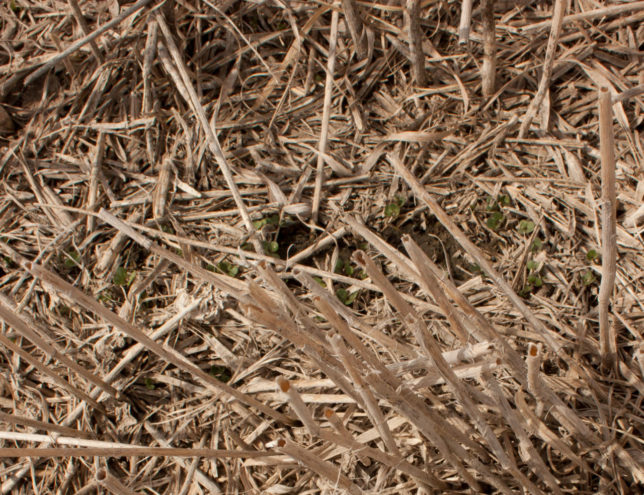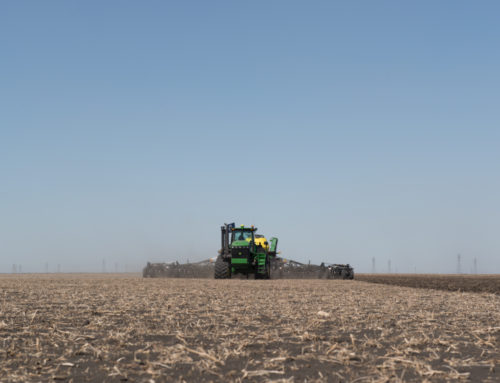Is any growing season like another? It certainly doesn’t seem so lately. However, no matter what grower’s must contend with, a crop will go in, that’s one thing we can be sure of.
“The biggest challenge for weed control in 2017 will be the crop that is still in the field,” says Clark Brenzil, provincial weed control specialist at Saskatchewan Agriculture. “When that crop does come off, there’s going to be a panic to get to the seeder first and worry about weed control after.”
This is where Brenzil sees the problem. Without a burn-off operation ahead of seeding, weeds have a huge window of opportunity to get ahead of the crop. “With increasing competitive pressure from weeds, there’ll be more yield losses than hoped for, compared to a year where the weed control management strategy was fully implemented.”
Brenzil’s advice is simply not put weed control on the back burner. “If necessary, if time or labour is the constraint, hire it in,” says Brenzil. “If there are fields that can’t be seeded because they are still too wet, it’s a good opportunity to get in to do some weed control using flotation tires. Do whatever you can to get that pre-seeding weed control done.”
The other consideration, if wet fields are an issue, is to think of the weeds as pumps – pumping that moisture out and helping to dry the ground out. “Don’t be in a hurry to get rid of those weeds in that situation,” says Brenzil. “If more rain is in the forecast, then hang on to this weedy vegetation and make it work for you.”
While growers have probably already considered their weed management strategy, there are a few new products that they will have access to in 2017 that might find a fit.
Focus (Group 14 & 15)
Focus contains a newer active ingredient, pyroxasulfone, that previously was used in corn and soybeans but now is registered for use in wheat (not durum). It controls grasses and a few select broadleaf weeds. It is available as a co-pack (pyroxasulfone – Group 15; carfentrazone (Aim) – Group 14) and is applied pre-seed or post-seed/pre-emergence. Moderate rainfall after application will improve the action of this herbicide as it moves it down into weed seed germinating zone. The Aim component will burn off existing plant growth and the pyroxasulfone controls seedlings emerging through the treated layer.
BlackHawk (Group 4 & 14)
This herbicide now has a formulation with pyraflufen-ethyl giving similar burndown activity over the original formulation with carfentrazone. It is also co-formulated with 2,4-D rather than a co-pack like the old version. Applied pre-seed or up to three days after seeding, it can be used in wheat (including durum), barley, corn, soybeans, and canary seed for the control of a host of actively growing broadleaf weeds less than 5 cm in height. Only one application of this active can be made in any two-year time frame.
GoldWing (Group 4 & 14)
This is another pyraflufen-ethyl formulated with MCPA for use in much the same crops as BlackHawk, but including field peas, oats, and buckwheat. It controls a range of broadleaf weeds. As with BlackHawk, GoldWing cannot be used more than once in any two-year time frame.
Command (Group 13)
Command is a new product for Western Canada with the active ingredient clomazone. It’s a soil active herbicide that operates on the same general principles as the pyroxasulfone in Focus above. It is a relatively old active ingredient having been used in Eastern Canada and the U.S.; however, it is new to the Prairies. It is used in a pre-seeding application prior to canola for control of cleavers. Cleavers is rated at high risk for the development of glyphosate resistance, so this product is designed to help avoid that problem by using it in a “herbicide layering” program with Command applied pre-emergent surface ahead of a typical herbicide tolerant canola program.







Leave A Comment